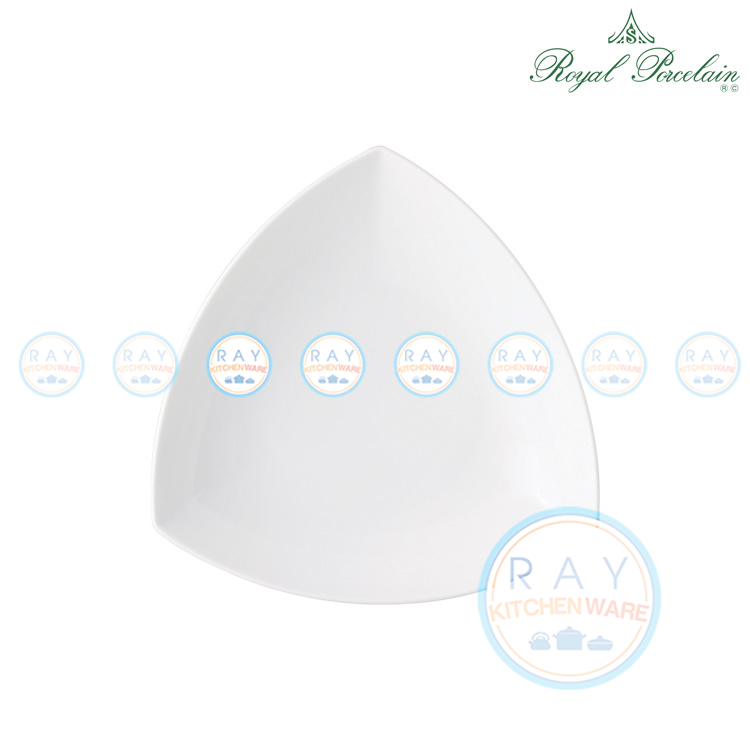

Hubs returned for warranty consideration with excessive runout from a manufacturing defect will be honored if the runout is verified to exceed. The gage should be mounted rigid relative to the spindle or to ground (See images). Make sure all surfaces are clean and in good, undamaged condition, or the resulting value could be in error. When measuring radial runout, take readings between the wheel studs, as there will be a slight bulge in the flange near the studs. Apply light torque to the spindle nut while rotating the hub to assure there is no endplay. Take care not to misalign the seal when the outer bearing cone is removed to access the spacer. The PreSet ® or LMS™ spacer between the bearings, if one is present, must be removed to accomplish this. During measurement the bearings must be set with zero endplay. The wheel and drum pilots can be confirmed by measuring the outer flange since they are machined at the same time. 008 inch axial and radial flange runout is allowed relative to the axle. Many manufacturers of axles wheel end components recommend that the P type spindle be used in conjunction with outset wheels. Manufacturers of those components should be consulted for approved load ratings. IMPORTANT: Outset wheel may decrease the load rating for other components such as axles and bearings. See ConMet Technology Bulletin 10009934 “Wheel End Load Ratings for Hubs Used in Single Tire Applications” for further details. For super-single (wide-base) wheels on drive and trailer hubs the hub will be derated for load for wheels over 1″ offset. For aluminum wide-base wheels, ConMet recommends Alcoa 5995R/L cap nuts, or equivalents, which have been engineered to fit wide-base wheels. Standard ball seat cap nuts for single or outer dual applications can be used for steel wheels. For stud-piloted applications on drive and trailer hubs: All ConMet trailer and drive axle hubs designed for dual wheel applications can be used with wide-base wheels. Some available nuts include: Metform 39627 (1.06″ height) and Hayes Lemmerz 90846 (1.19″ height). A longer stud, while affecting appearance and socket fit, is also acceptable. This assumes a 1/2″ brake drum thickness, 1.13″ wheel disc thickness and a 1.19″ nut height, giving a minimum required stud standout of 2.94 inches from the hub flange. All ConMet trailer and drive axle hubs designed for dual wheel applications can be used with wide-base wheels. For hub-piloted applications using 22mm 2-piece flange nuts, a minimum length is required for proper thread engagement to the nut. Yes, but there are several considerations: The required stud length may be different. If you have an 8-stud hub, there is no conversion, as the stud-piloted hubs only exist with 10 studs. Contact your drum manufacturer for their pilot diameter. Contact ConMet Customer Service at 80, if you require assistance determining the drum pilot diameter on the hub, and for availability of studs. The current standard drum pilot diameter is 8.78 inches. Compare the drum pilot diameter on your hub with the pilot diameter needed for the drum you will use. Front hubs cannot be converted to 1-1/8 inch studs. Please confirm compatibility to your specific hub with our customer service before ordering. Single-wheel applications require a minimum standout of 1.32 inch from the mounted drum, or from the hub flange for disc brake applications for steel wheels and 1.80 inch for aluminum wheels. Super-single or wide-base wheels require a 1.31 minimum stud standout from the mounted drum, or from the hub flange for disc brake applications. Dual-wheel applications require a 1.31 to 1.44 inch stud standout from the mounted drum, or from the hub flange for disc brake applications. Style “L” can be replaced with style “P”. Style “5” can be replaced with style “W”. Look up your stud part number in the Hub Catalog. ConMet hub-piloted hubs can be converted to stud-piloted 3⁄4-inch studs, but only if the correct stud is available.


 0 kommentar(er)
0 kommentar(er)
